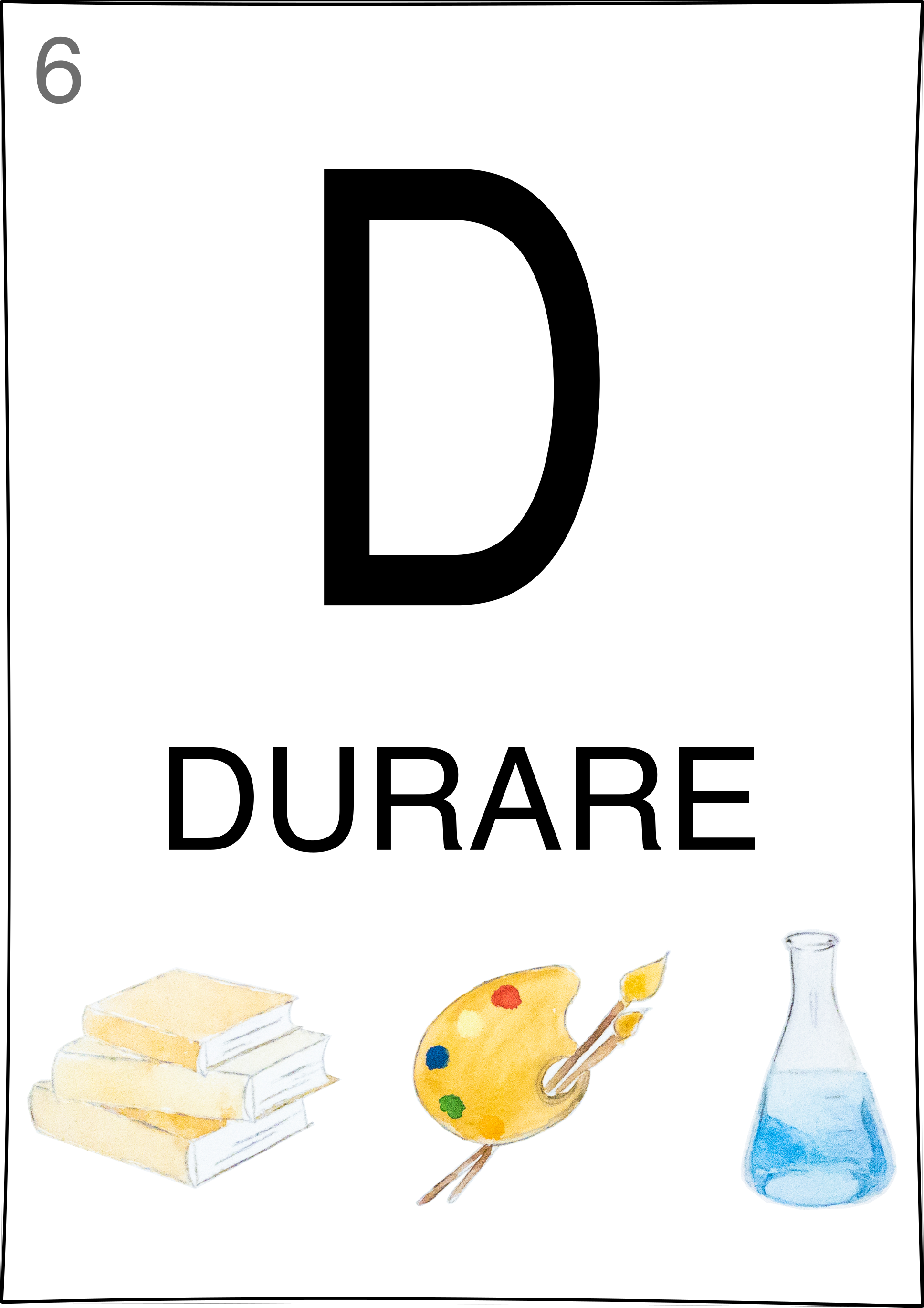Life is Short, Art Endures? Practicing painting and permanence in the long seventeenth century
Henrike Scholten
Through the trope of painting’s ‘immortal fame’, early modern visual art has a strong connotation with posterity. But the relation between that imagined eternity and actual practices of image-making is more complex than the cliché would suggest.
Paintings are known to change over time, and painters try to account for this in various ways, and to varying degrees. My dissertation examines a wide range of art-technical writings, mainly from the seventeenth century, to examine material, technical and theoretical aspects of the durability, mainly of paintings in water-based techniques and to a lesser extent in oils. Because such instructional writings were often aimed at dilettante readers rather than professional painters (who passed on their knowledge directly to their own apprentices), my research takes the broad range of image-making that took place outside the regulated art market as a starting point. Written instructions give an incomplete but informative glimpse of both artisanal processes and notions of artistic quality, and how these related to social practices and material realities. Many of these aspects are not obvious until the recipe is reconstructed in practice. Going beyond the surviving texts from the period and into the actual practices they document, I aim to combine compilation, practical reconstructions and analysis to arrive at a multifaceted understanding of how – and why – some artworks were thought to endure.




 @erc_durare
@erc_durare